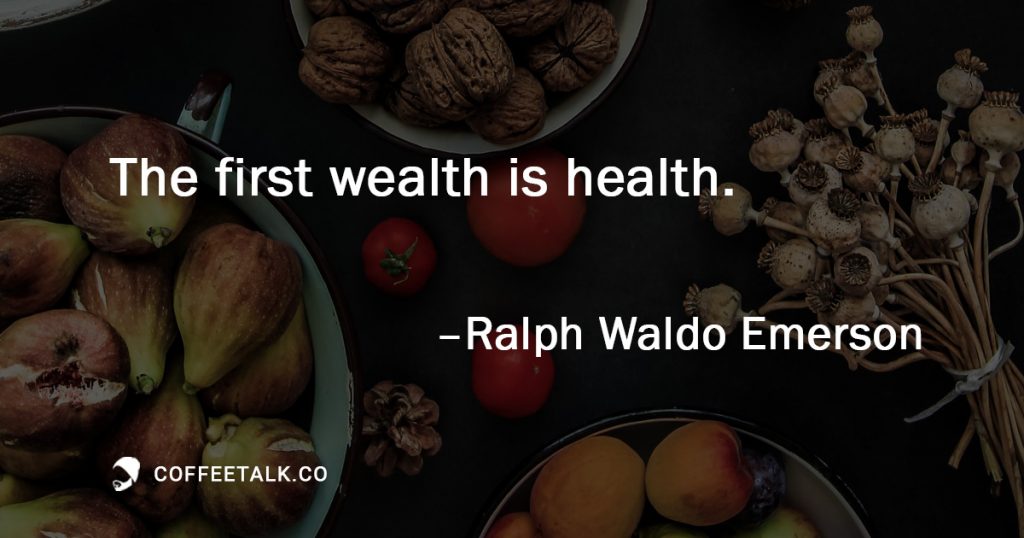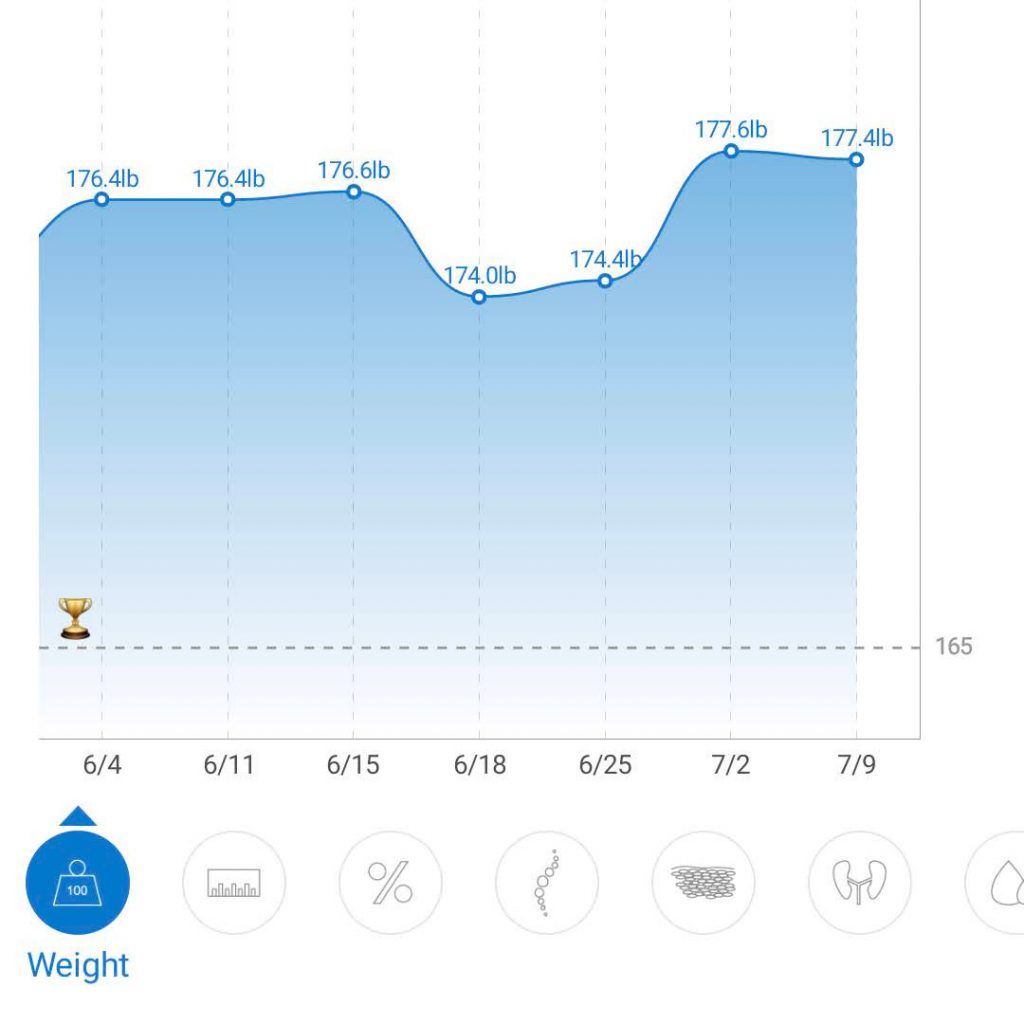How much weight have you gained since the pandemic?
Don’t worry, I haven’t seen a before and after picture of you. My question is sparked by what many are seeing in the mirror post quarantine life.

A couple of studies hint that people gained an average of 2 lbs per month during quarantine. The studies don’t go into why, but I suspect these to be some of the reasons:
- Less outside time
- Fewer errand runs since mostly everything became home-deliverable
- Stress due to health and financial worries
- Dysfunctional relationships amplified themselves
- Gyms being closed
- Quarantine babies!
My Quarantine 15
In February, I stepped on a scale and found out I wasn’t immune to pandemic weight gain. I’ve worked from home for almost a decade now. Over the years, I’ve optimized my life to cater to my introversion. Aside from my frequent traveling, there were little to no adjustments I had to make during quarantine.
When I stepped on that scale, I was 15 lbs heavier than my normal weight. My weight hasn’t fluctuated over 5 lbs for almost a decade. It’s why I’ve never really kept tabs on my weight. I pay more attention to how I feel and how I look naked. There are certain red flags I vowed to eradicate if I notice them.
For example, one of my red flags is my stomach popping out further than my chest. This tells me that I better check my fitness levels. It’s time to start doing pushups and go for some jogs! I’ll spare you the rest of my red flags.
Note: If your stomach pops out further than your chest, don’t feel bad. My red flags are based on my natural body type and what’s normal for me.
As of last month, I’m finally back to my normal weight.

That means I shed 15 lbs in a span of 5 months. Not too shabby, huh?
You might have unwanted COVID curves too. Establishments are opening their doors again. The world is changing back to normal. Now is the perfect time to take advantage of turning tides. Why not create healthier habits?
The Thing That Got Me Back to Normal
The change that has made the biggest difference for me is my diet. No, I don’t mean diet as in how much or little food I eat. I’m talking about the actual food I eat.
As of today, my overall diet is about 80% plant-based. I still eat meat and processed foods when I’m out and about or visiting family and friends, which isn’t often. At home, I’m nearly 100% plant-based. C’mon, you didn’t think I’d give up my dearest Mexican food, pizza, and sushi, do you?!
What convinced me to go the plant-based route?
No, it’s not veganism — I’m not political enough for that. It was actually a book.
Let’s be honest. We all instinctively know whole foods are the healthiest. Sometimes, we need a little context and validation to hold us accountable.
The book How Not to Die by Dr. Michael Greger is what did it for me. It helped me understand the positive and negative effects certain foods have on us according to legit studies.
If your reading game isn’t strong, no worries, there’s a site for you. NutritionFacts.org has some of the best nutritional content I’ve come across. You can search for pretty much any food, disease, or health issue on the site. The results will have videos or articles outlining research and suggestions related to your search.
Here’s a great presentation from the good doctor himself:
Don’t get me wrong, I incorporated exercise into my weekly routine back in May. However, I shed my first 10 lbs within 3 months, just by eating mostly whole food and going for a few walks during the week.
An Easy Way To Improve Your Diet
Changing your diet can be difficult. The easiest approach for me was to replace foods, one at a time.
For example, instead of eating bread made with flour, I replaced it with Ezekiel bread, which is made with whole grains. The following week, I replaced milk with soy milk. The week after that, I added chia seeds to my oatmeal. That’s technically not a replacement, more of an enhancement.
You get my point. Replace and add foods one at a time instead of trying to overhaul your fridge and pantry. You’ll give yourself time to warm up to your new diet — no pun intended.
Additionally, this strategy helps you:
- Learn about the health benefits of individual foods
- Learn how to incorporate them (or cook them) in a balanced way
- Spend nearly the same amount of money since you’re mostly exchanging foods, not adding.
Bottom line, this week’s Coffee Talk edition is your friendly reminder to improve your health via the food you eat if you’re feeling off.
– Luis
PS – Reply to this email and tell me about a not so healthy food you simply can’t resist. Let’s talk about guilty pleasures 😏

